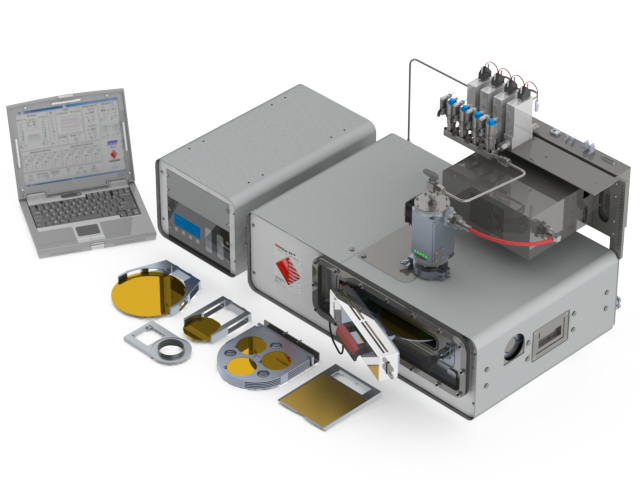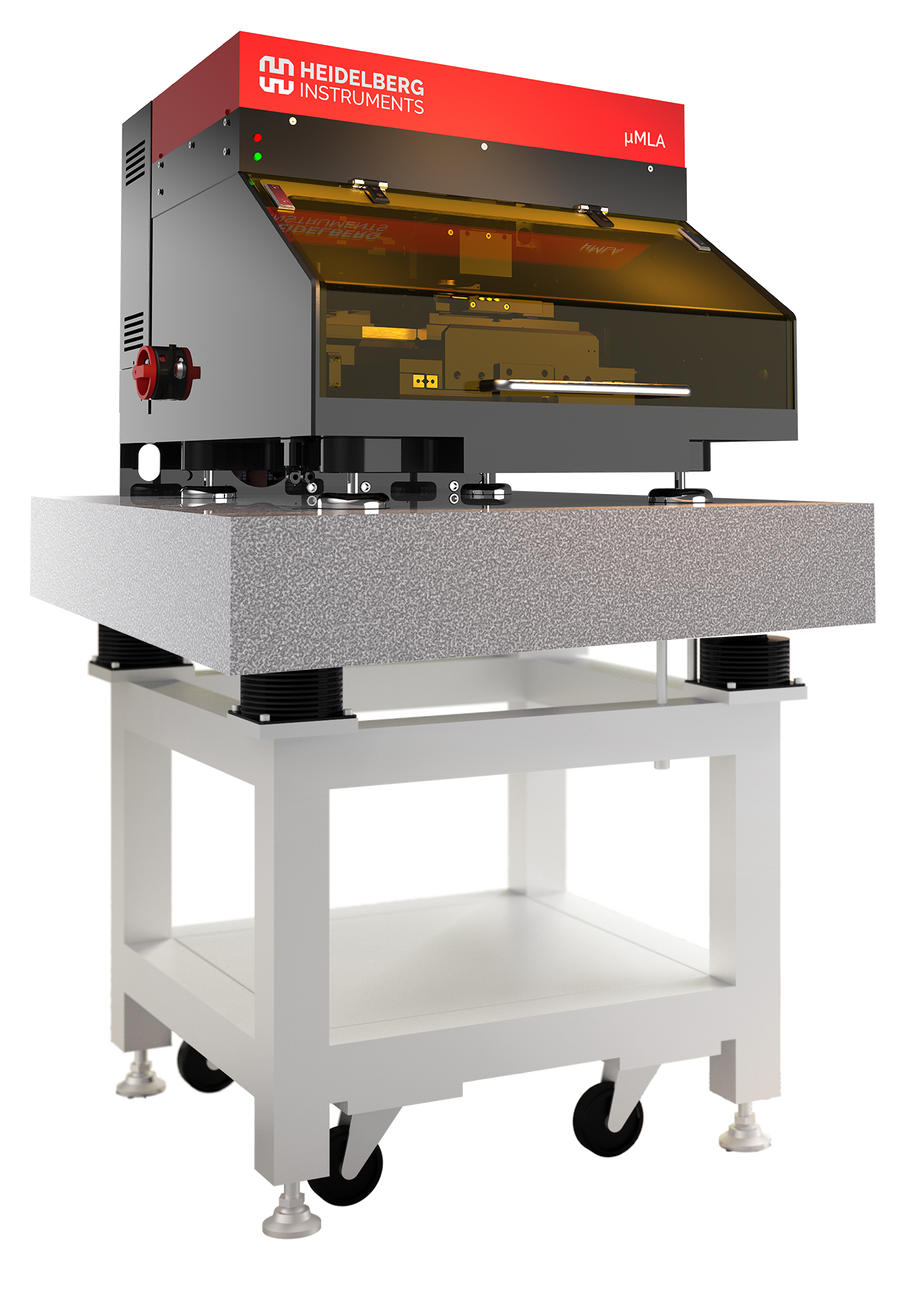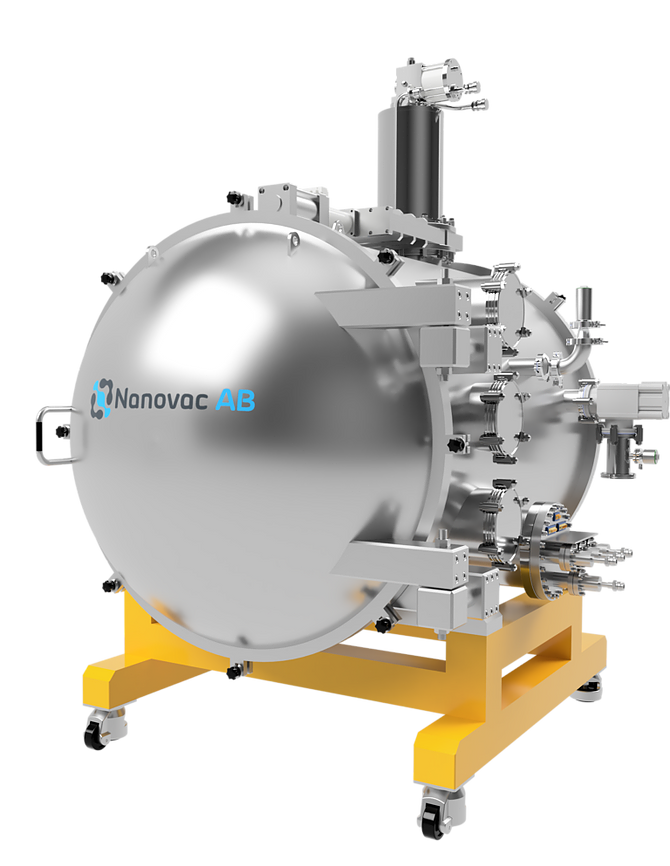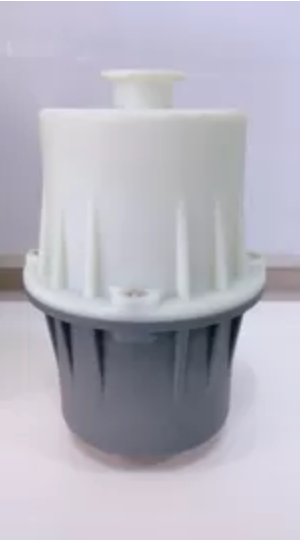Atomic Layer Deposition for Quantum Devices
Application of quantum physics in quantum computing, sensing, navigation and communication which is known as Quantum technology is capable of changing the future.
superconducting single photon detectors (SSPDs) and superconducting qubits are involved in a variety of devices such as microwave resonators, transition edge sensors (TES), superconducting nanowires for single photon detectors (SNSPDs), Josephson junctions and high-Q superconducting resonators. Therefore, the quality of the superconducting materials plays a significant role in performance of these quantum devices.
Deposition methods such as sputtering, pulsed laser deposition (PLD) and chemical vapour deposition (CVD) can suffer from lack of thickness control, poor uniformity and high impurity content.
However, Atomic layer deposition (ALD) which is applied in many fields such as CMOS technology, high-power transistors and solar cells, is a well candidate in producing high purity films, with precise thickness control, conformal coating in high aspect ratio structures and uniformity over large-area substrates.
Illustrated Figure 1 from OXFORD Instruments is an example in application of superconducting material in quantum nanophotonic circuitry.
The ALD is sequentially exposing of precursor and the reactive gas to the substrate in separate stages with a purge after each exposure. thermal or plasma ALD can be used in deposition of wide range of materials from metals to nitrides and oxides. Plasma ALD provides control over additional parameters such as plasma power, pressure and reactant flow rate as well as biasing the substrate during deposition (Fig. 2).
More information about OXFORD FlexAL
OXFORD Instrument white paper 2020-Full text







